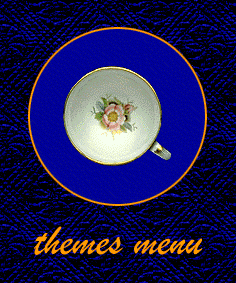 |
|
INTRODUCTIONIn the nineteenth century, Canadian housewives at all levels of society took it for granted that their household equipment would include pottery or porcelain. They had an ever-increasing variety from which to choose. The collections of the History Division of the Canadian Museum of Civilization include some 4,000 ceramic items. The richest concentration of wares is from the nineteenth century, when industrial pottery-making reached new heights in both technical accomplishment and mass production. The Variety of Nineteenth-Century Ceramic WaresIn nineteenth-century Canada, the choice of ceramic wares was greater than ever. Creamware, the standby in 1800, was quickly surpassed by whiter pearlware. Durable ironstone met a special need in a new country. Underglaze printing opened the floodgates to a multitude of patterns, including pictures of Canada itself (blue was the first colour used, but others followed). Porcelain was there for those who could afford it. Parian, a porcelain imitating marble, was admired ornamental ware.British potters were the main suppliers, although French porcelain became a major item in the second half of the century. Canadian potters contributed utilitarian wares, some ironstone and occasional ornaments. Changing fashions, economic status, and the inventiveness of the pottery industry were all reflected in what a housewife chose to set upon her table. |